Memory Lane: Whatever happened to...
Let us guide you by the hand down carp fishing memory lane…
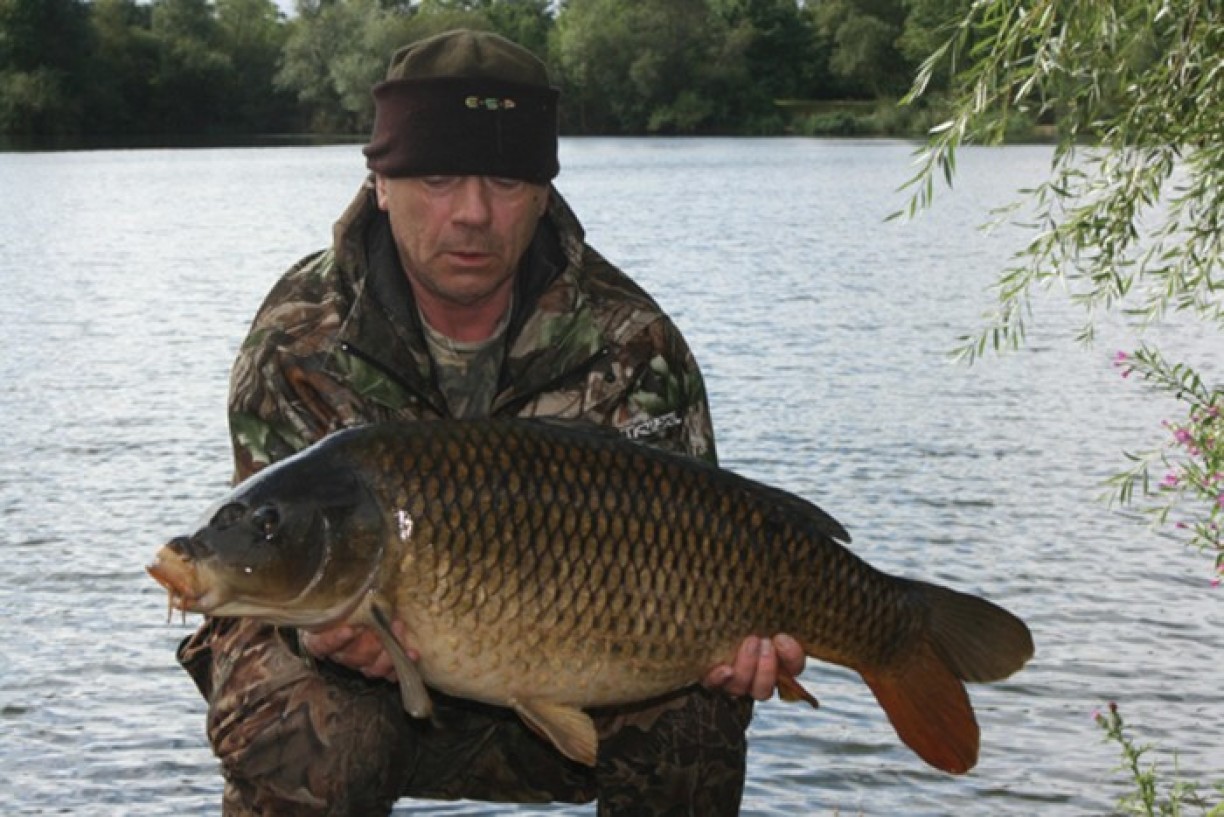
Phil Roots
WHO: The most consistent angler on Orchid Lake during the late 1990s and early 2000s
VENUES HE FISHED: He made his name at Orchid Lake, a day ticket venue in the village of Dorchester-on-Thames in Oxfordshire.
RENOWNED FOR: Catching whenever he went! Phil once caught 100 20s and never blanked in a single year at Orchid, at a time when that was a serious achievement (it still is!). Orchid was one of the first venues in the country with a regularly updated website, and owner Marsh Pratley would record every capture online. A quick scroll through the records and Phil ‘Daisy’ Roots’s name would appear weekly next to multiple fish. He favoured the Middles swim, often using a bait boat to target the areas in and around the gravel bars in front of it. He appeared on a Gardner CarpWise VHS but otherwise was not a regular in the angling media.
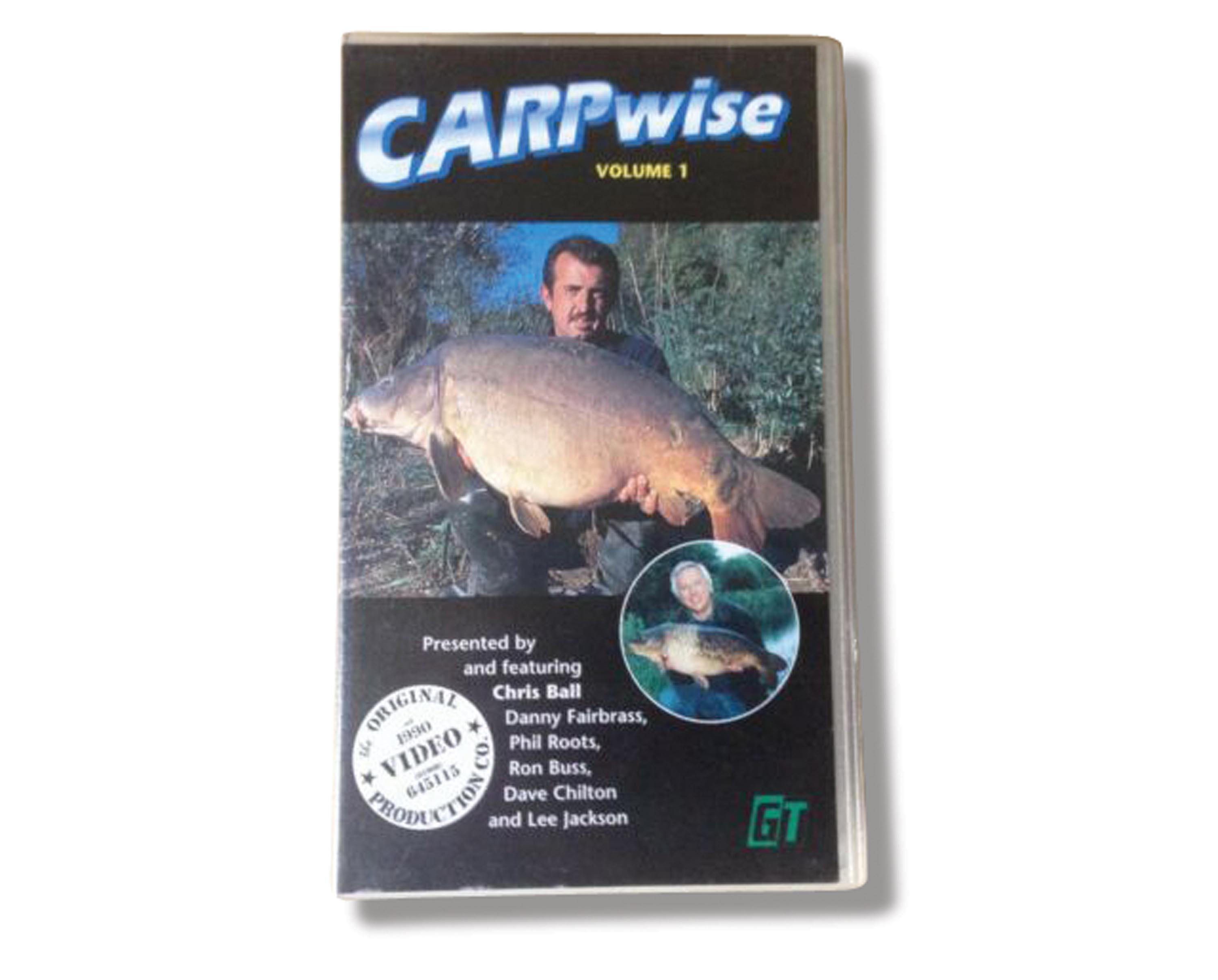
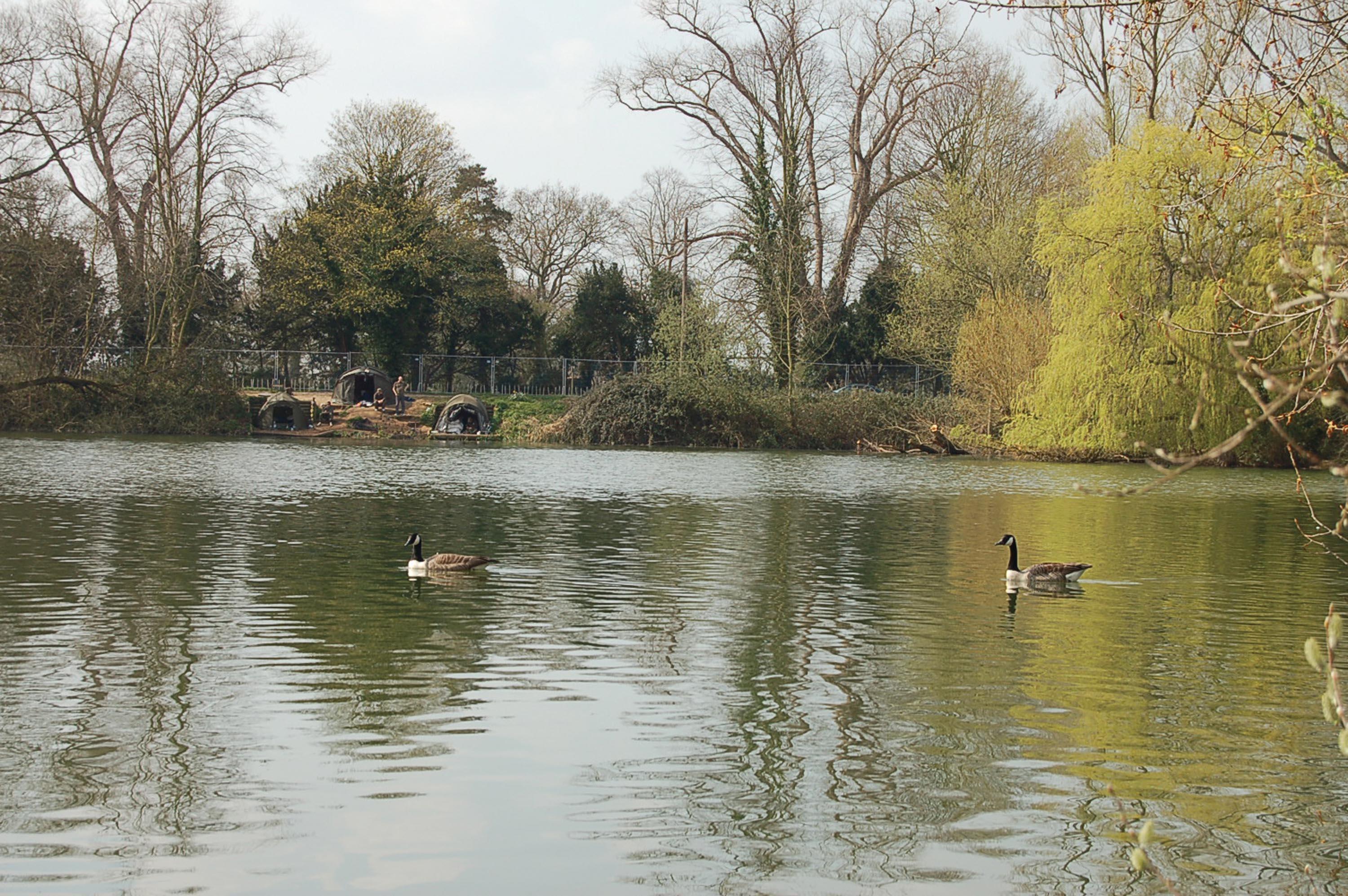
WHAT HE DOES NOW: After blitzing Orchid, Phil and his wife moved to France to run Sky Lake, about an hour east of Paris. They have since moved on from the venue and, according to a recent forum post from his nephew, Phil is still fishing for a variety of species but “keeping quiet about what he catches”.
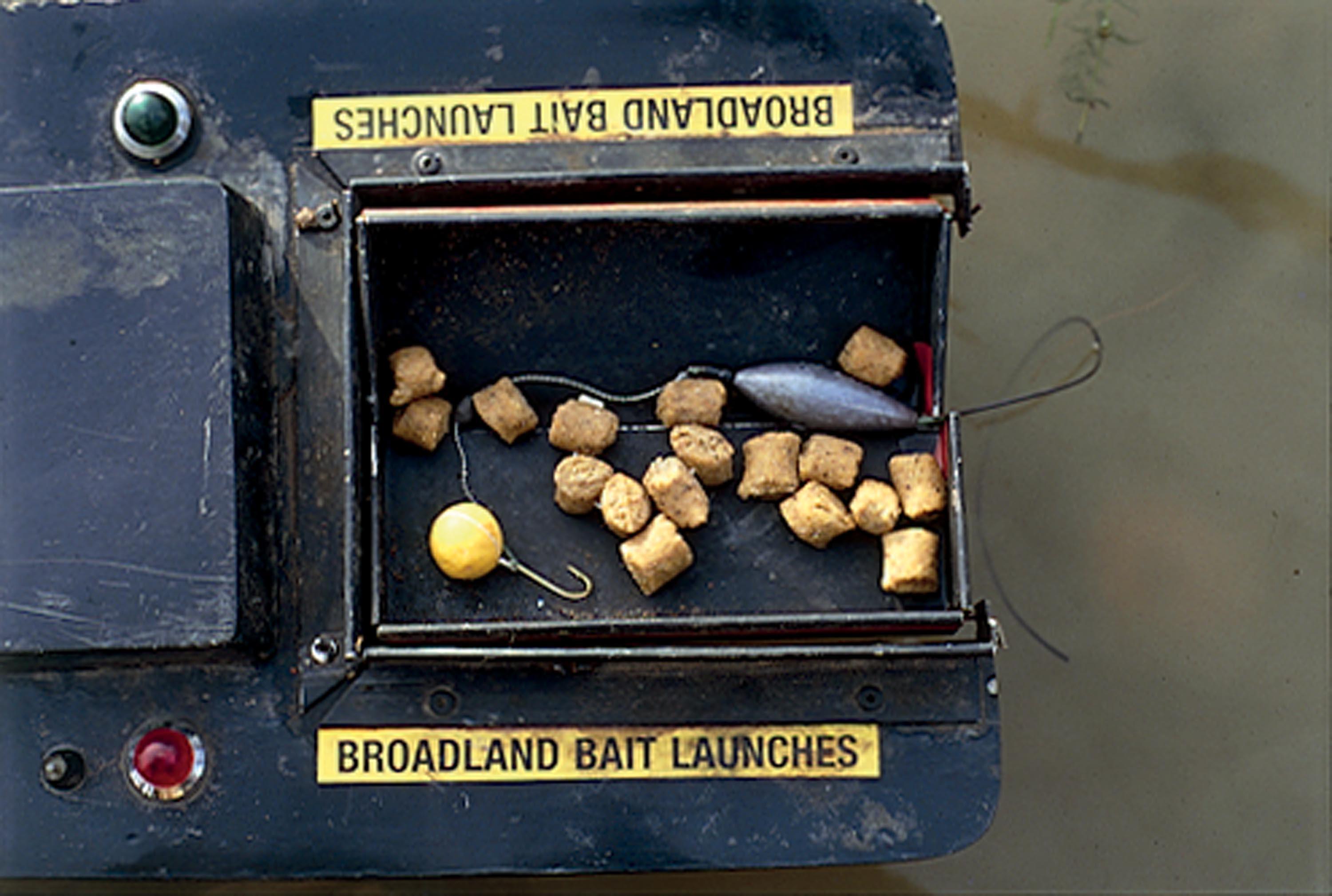
Broadland Boat Launchers
FAMOUS FOR: Being one of the first commercially available bait boats.
WHO WERE THEY? Based in Norwich, this British firm was - according to the name that adorned the side of their boats - called Broadlands Bait Launches (a launch being the name for an open motorboat), but most people called their boats, and the company, Broadlands Bait Launchers. Anyway, they made streamlined bait boats from fibreglass and sold them mail order at competitive prices.
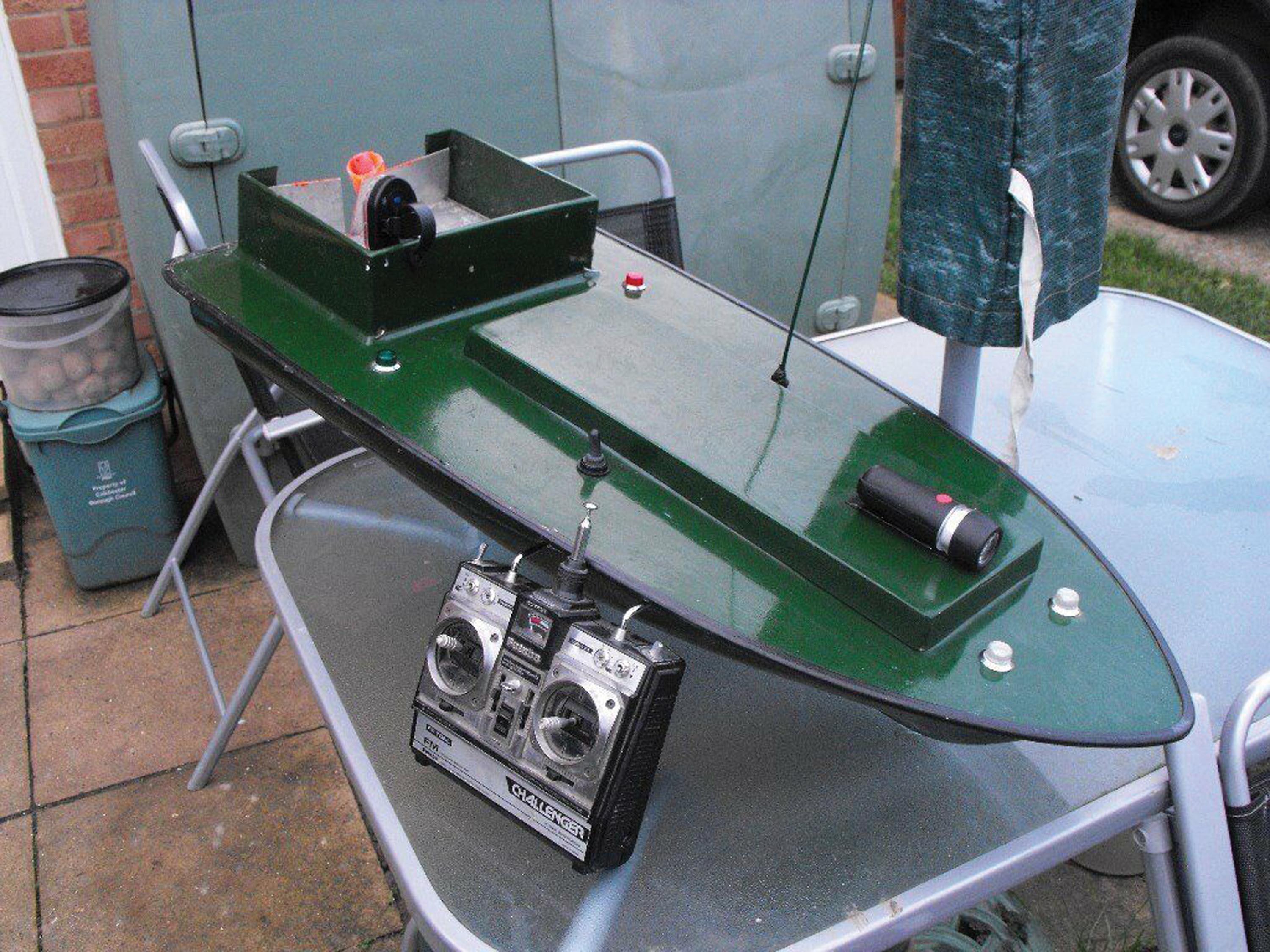
STAND-OUT PRODUCTS: There were a couple of variations - some with single hoppers and some with dual hoppers - but the general silhouette of a Broadland boat was unmistakable. It looked like a speed boat, or at least the model of one that your local hobbyist would steer around a duck pond, and had a relatively small bait area right at the back.
WHY THEY SHUT-UP-SHOP: Our research has found scant detail, but it appears the boss of the business may have had to take a back seat through illness. In addition, Broadland Bait Launches were once only battling against Angling Technics for a slice of the boat market, but rivals flooded the scene in the 2000s and beyond, making it hard to compete.
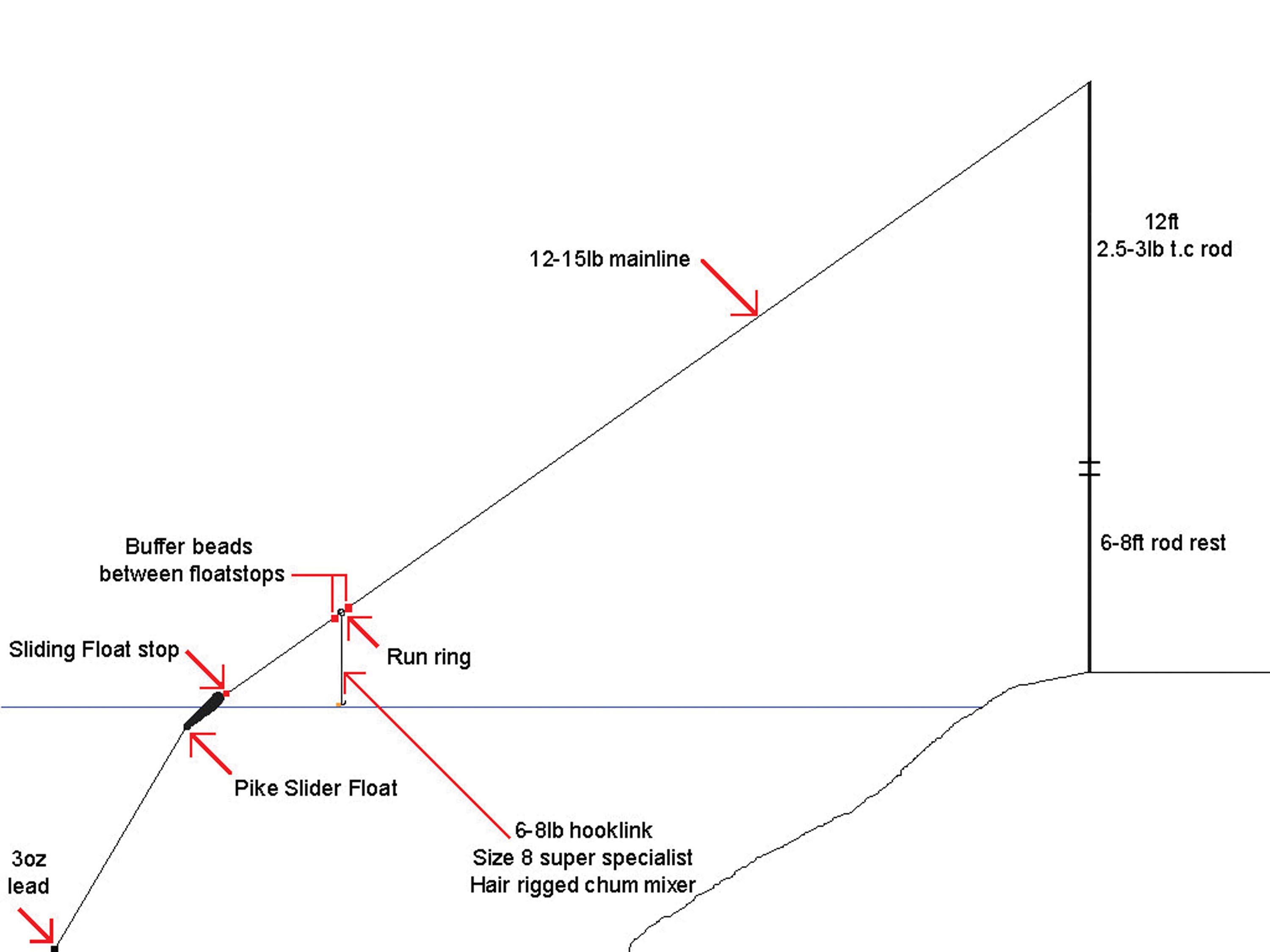
The Beachcaster Rig
WHAT IT WAS: A very clever way of presenting a surface bait from above the water
WHO INVENTED IT: The rig is widely credited to South Wales anglers Geoff Morgan and Dave Treasure, but many anglers have put their own stamp on it.
HOW IT WORKED: In some ways, the beachcaster is like an upside-down Chod or helicopter rig. At the farthest end of your line is a lead, followed by a buoyant inline sea float or pike float, with a hooklink sliding on a swivel nearest the angler. When you cast out, the lead sinks, the float rises to the surface and - if you keep your rod pointing straight upwards like a beachcasting set-up - your main line is suspended above the water and the hookbait just kisses the surface. It’s a tricky method to master but a great way of fooling wary carp on floaters.
WHAT HAPPENED TO IT? If you browse through the rules of many day ticket lakes you will find the words ‘no beachcaster rigs’, which partly explains this presentation’s current lack of popularity. If fished badly it can present an issue with birdlife and the rig itself needs to be tied correctly to be safe in the event of a break off.
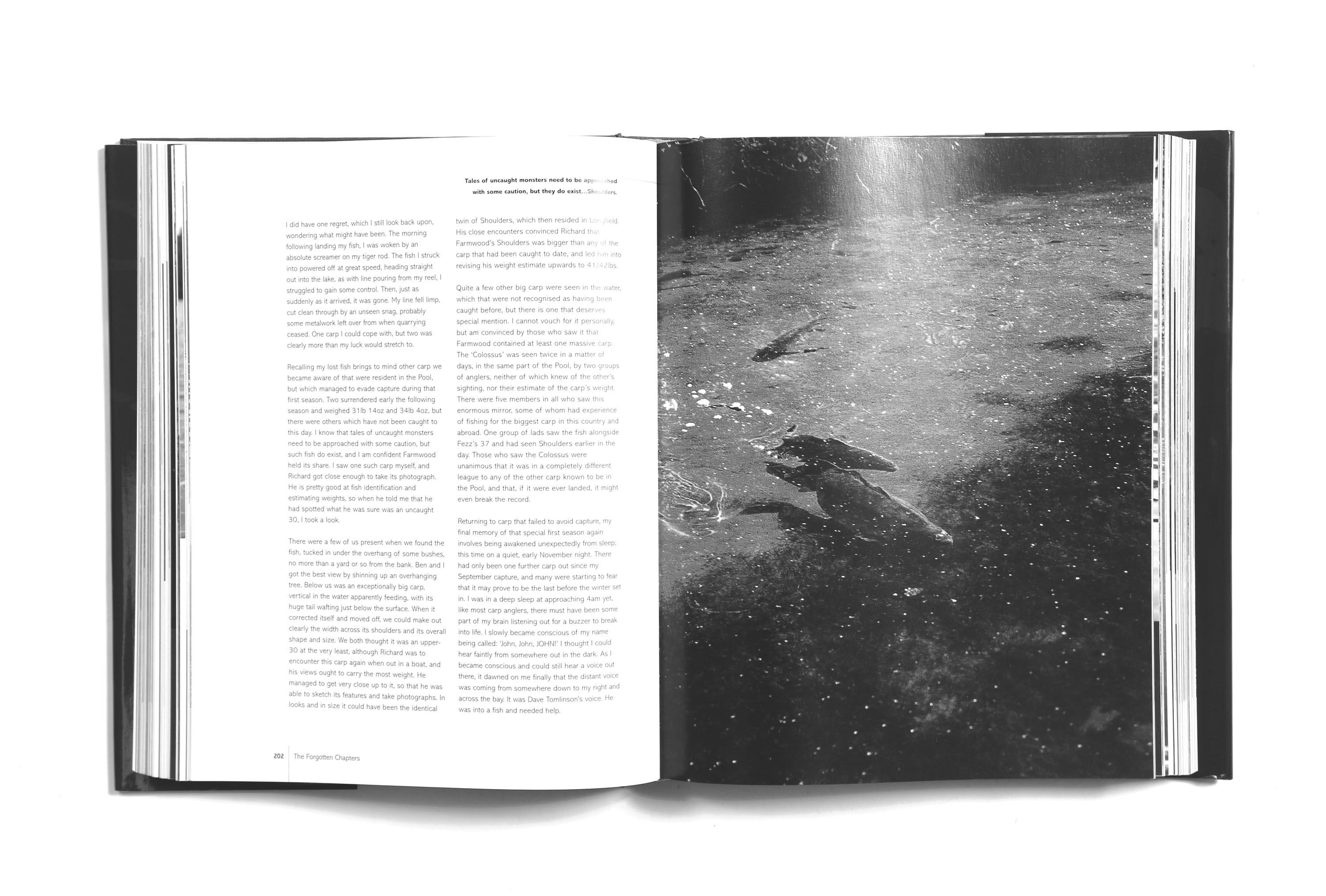
Farmwood Pool
SIZE: 55-acres.
WHO FISHED THERE: Paul Selman was a member and was convinced it contained a new British record in the 1990s. John Seal, who wrote about his exploits on the pool in The Forgotten Chapters book published in 2010, is the current syndicate leader.
CLAIM TO FAME: Holding the Cheshire record and tantalising tales of even bigger fish. Fishing rights on Farmwood were acquired by The Carp Society in December 1994 and by the early 2000s a fish known as the Duke became what was then the official Cheshire record at over 46lb. The original fish were very special - possibly Leneys - and grew to huge sizes for the Northwest. Two fish that were never known to be caught captured the imagination after The Carp Society got involved. They were called Shoulders and Colossus and looked to be bigger than anything else the lake had produced. Paul Selman, who christened the latter, said it was the biggest fish he had ever seen in the UK.
WHAT HAPPENED TO THE LAKE? The Carp Society pulled out and the venue became a very private syndicate with a no-publicity rule in place. The lake itself is owned by the son of former Manchester United chairman Martin Edwards and the fishing is run by John Seal. It has since been re-stocked but remains an under-the-radar venue with a huge waiting list.



